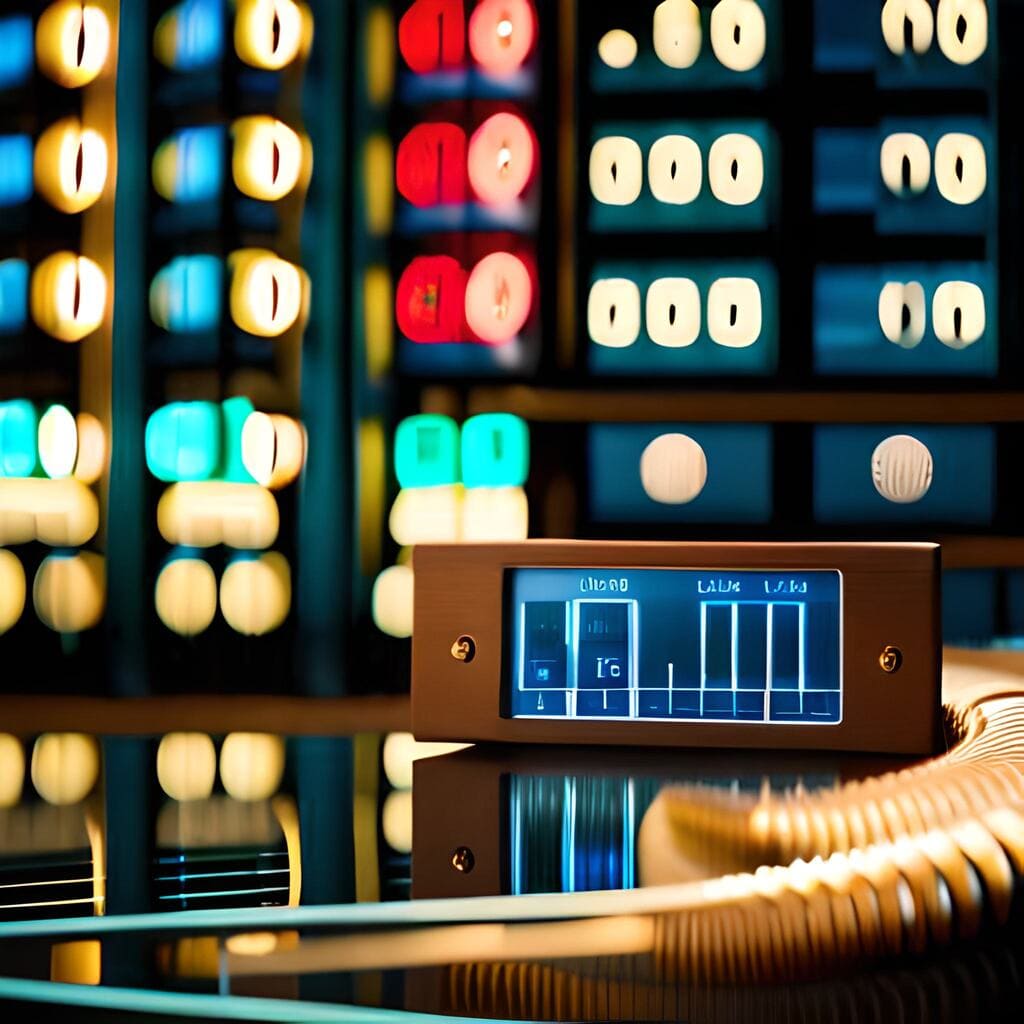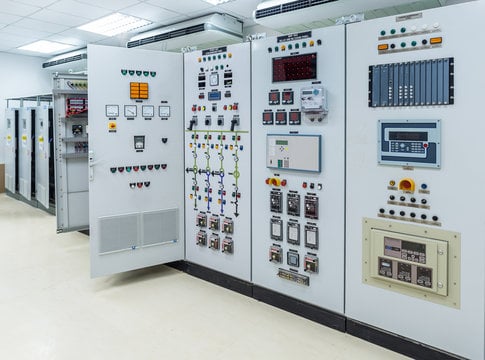When a gas is exposed to a voltage larger than its insulating properties, electrical arcs can form. When the voltage is sufficient to ionize the air between the conductors, an arc will form. Air that has been ionized becomes an excellent conductor, enabling electricity to flow. Air ionization produces a current that creates heat and dazzling light. This heat causes the ionized air to ascend, creating an arch-shaped current, hence the phenomenon’s name. An arc flash can produce temperatures up to 20,000 degrees Celsius.
Arc flash dangers endanger both humans and property. Among the commercial impacts of arc in flash are:
- Direct expenses consist of medical care, rehabilitation, and worker compensation, as well as the cost of accident investigation and productivity loss.
- Examples of indirect expenses include legal and judgement costs, litigation costs, fines, insurance premiums, repair costs, and replacement worker costs.
- Your reputation, your ability to compete on the job market, and the likelihood of criminal charges may suffer because of negative effects.
- Most clients reject businesses with high incident rates, resulting in lost business possibilities and potentially the revocation of the electrical contractor’s license.
- Arc-related accidents Flash tends to create an impression, resulting in missed chances and wasted income.
Arc Flash Hazard Causes:
- Using the test probe on the incorrect surface
- Inappropriate tools, installation, and work methods
- Utilizing faulty electrical components
- Insulation damage or equipment gaps
- Disconnect panel interference
- Electrical equipment dust or corrosion
- Improper circuit breaker and switch maintenance
- Exposed live parts or frayed connections
- High voltage cables or constant power supply
Arc Flash Hazard Mitigation Methods:
- Turning Off Electric Components:
It minimizes potential dangers to the maximum degree feasible. Work on energized equipment should be avoided, and special caution should be exercised while testing or re-energizing de-energized equipment. Circuit breakers are kept away from arc flash boundaries, which might threaten their operators, using remote tracking technology.
- Utilize Low-Risk Technology:
Arc flash analysis and power system studies are conducted to determine the hazards associated with short circuits and protective device coordination. Utilize low-threat solutions, such as remote rack equipment, to protect individuals and property.
- Redesign Electrical and Control Systems:
Ensure the availability of PPE (personal protective equipment) corresponding to the arc flash hazard category. To lessen hazards, engineering equipment and procedures are being changed. Breakers and energy distribution systems are designed to limit incident energy.
- Lower the Available Fault Current Level:
Non-current limiting circuit breakers will allow industry to restrict the amount of accessible fault current. These devices can be utilized with an open tie for maintenance. Opening the connection between dual power feeds during maintenance decreases arc flash threats by decreasing available fault current. Current limiting reactors can be used to establish a bottleneck in the flow of electrical current, effectively preventing the flow of current during arc faults.
- Shift the Blast Energy:
Encourage the use of arc-resistant materials. Arc-resistant switchgear employs sealed joints, top-mounted pressure relief vents, and strengthened hinges to direct arc flash energy and heat through ducts to an unoccupied area. CareLabs conduct exhaustive arc flash analysis. To update your safety program, professionals evaluate arc flash hazards. CareLabs can find and implement modern arc flash risk prevention strategies. CareLabs can research and implement innovative technology for arc flash hazard reduction. CareLabs utilize ETAP (Electrical Transient Analysis Program) software for research and analysis.
We engage crew members in several places to guarantee that our knowledge is readily available in regular and emergency situations. We achieved ISO 9001:2008 accreditation and devoted customers rapidly. Brussels, Antwerp, Liege, and Ghent are Belgian cities.




